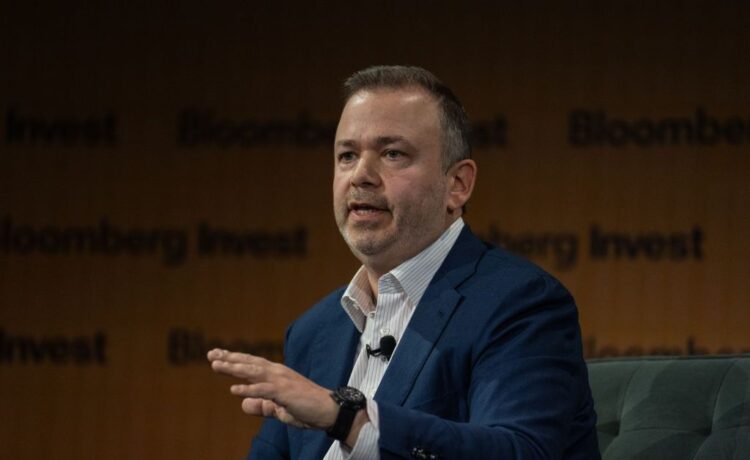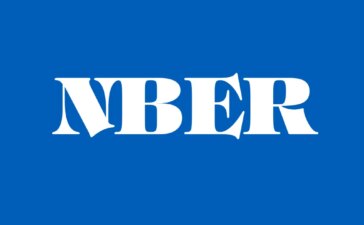The ingrained habit of many British investors of buying at the high and selling at the low partly explains the low stock market exposure of UK savers. True to form, when stock markets started falling in early 2022 and predictions of stagflation were everywhere, UK investors started selling and continued to sell when markets started to rally in the autumn.
The consequence for investment trusts was that losses on underlying investments were aggravated by their shares trading on ever-widening discounts to net asset value, which went from 2% in early 2022 to 18% in late 2023. Investment trust boards responded by buying back shares, thereby enhancing net asset values, merging, winding up their trusts and reassuring investors. Despite many excellent investment performances in 2024, discounts remain wide at around 15%.
This created an opportunity for Saba Investments, a medium-sized hedge fund based in Manhattan but which shares its name with the Dutch tax and regulatory haven in the Caribbean. It was founded in 2009 to invest in credit but took some time to find its feet. After profiting from the Covid crash in 2020, it started to turn its attention to closed-end funds, first in the US, and later in the UK. It must have seen the ample availability of investment trust shares trading on wide discounts but with recovering asset values as a “no-brainer.” Why not take advantage of those British investors blindly and irrationally stampeding for the exit?
Sign up to Money Morning
Don’t miss the latest investment and personal finances news, market analysis, plus money-saving tips with our free twice-daily newsletter
Don’t miss the latest investment and personal finances news, market analysis, plus money-saving tips with our free twice-daily newsletter
Why not indeed? Recovering asset values and narrowing discounts, helped by Saba hoovering up all the available shares, made it a very profitable investment strategy. The problem, though, was what to do next. Sitting on its holding would turn it into a fund of investment trusts with high fees. Capital inflows to its funds would dilute returns, lower discounts would reduce returns and it had already invested in the most attractive opportunities. Selling their holdings could be a long and laborious process since the heads of UK investors were still firmly in the sand with regard to stock markets.
Hence the bizarre decision just before Christmas to attempt to seize control of the seven investment trusts where it had the largest holdings by ousting the existing Board and installing two of its own directors as a prelude to appointing itself as the investment manager. This it will do at Extraordinary General Meetings which, as a holder of more than 10% of each trust’s voting share capital, it has requisitioned for each of the trusts.
Why should investors in each of these trusts vote against Saba? Karen Brade, Chairman of Keystone Positive Change (LSE: KPC), says that Saba “is seeking to seize control without a controlling shareholding” while “we have already put forward a credible plan that aligns with Saba’s own prior request which offers an uncapped cash exit or a transfer to a more liquid fund by Q1 2025.”
At Henderson Opportunities Trust (LSE: HOT), Chairman Wendy Colquhoun says “the current board is offering shareholders the choice of a full cash exit at net asset value or the option of a rollover into an open-ended fund managed by Janus Henderson. If Saba succeeds, this offer is at risk of being cancelled.”
James Williams, Chairman of European Smaller Companies Trust (LSE: ESCT), describes ESCT as a “well-managed trust whose strategy has delivered long-term outperformance.” Over five years, the shares have returned 63% on a 51% investment return compared with 24% for the comparable index. Performance has been slightly negative over one and three years as has the European smaller companies index, making it ripe for a strong recovery.
Saba compliments Katie Potts, manager of Herald Investment Trust (LSE: HRI), for her “strong returns over most of her three-decade tenure as manager” – up 2590%- but complains about the last three years. In fact, its shares have returned 26% in the last year. Although Herald’s investment remit of technology and communications might suggest more, its focus is on smaller companies, which have performed poorly around the world, and a strong tilt to the UK (35% of the portfolio). Unlike most investors, Saba has no interest in long-term performance.
The shares of CQS Natural Resources (LSE: CYN) have returned 168% over the last five years and 34% over three, though investment returns over three years have been modest. This is hardly surprising given that the highly cyclical natural resources sector has been out of favour but this is no time to bail out.
The Board points out that Saba has “failed to narrow the discounts of trusts they have taken control of in the US” which adds the major risk that investors could be stranded in an illiquid trust trading on a wide discount with an opaque investment strategy in any trust of which they take control. Saba does promise “substantial liquidity near NAV” to shareholders if it wins but provided no details.
Two other Baillie Gifford Trusts, Baillie Gifford US Growth (LSE: USA) and Edinburgh Worldwide (LSE: EWI) are also under Saba attack. Shares of the former have returned a whopping 56% on a 33% investment return in the last year and 184% since flotation in March 2018. The Board describes the EGM resolutions as “self-serving and destructive.” 31% of its assets are invested in private equity, of which more than 10% is in Elon Musk’s SpaceX. The $250bn valuation at which SpaceX raised money in December may look extravagant but some analysts think that this is justified by Starlink alone. Starlink provides mobile communications by satellite without the need for mobile telephony towers or ground infrastructure. SpaceX could list it on the stock market as a global mobile telephony company.
Although Edinburgh Worldwide shares have returned “only” 24% in the last year, it too has over 10% of its assets in SpaceX. It invests in “initially immature entrepreneurial companies, typically with a market value of less than $5bn at the time of investment.” This has held performance back in the last five years but this may be about to change, not just because of SpaceX but also the 5.6% invested in PsiQuantum.
Mark Weiss of tech specialists Open Field Capital asks “is quantum computing the next big thing after AI?” He points out that Alphabet’s share price surged when it announced its Willow quantum computing chip but believes that “innovative start-ups such as PsiQuantum have a fundamentally better chance of producing such a quantum computer.” Microsoft is also an investor.
Saba is relying on investor lethargy to seize control of these trusts, believing that shareholdings held through platforms will not be voted. However, all platforms offer investors voting options, and investors should use their votes AGAINST all the resolutions in each case. Those needing the money or fearing that the discounts of these trusts, which have either narrowed sharply or disappeared, will widen again can then sell in the market.
Longer term shareholders should stay loyal to the excellent prospects of the five trusts intending to continue and trust the Boards and managers of the other two to deliver the best value in orderly liquidations.

















